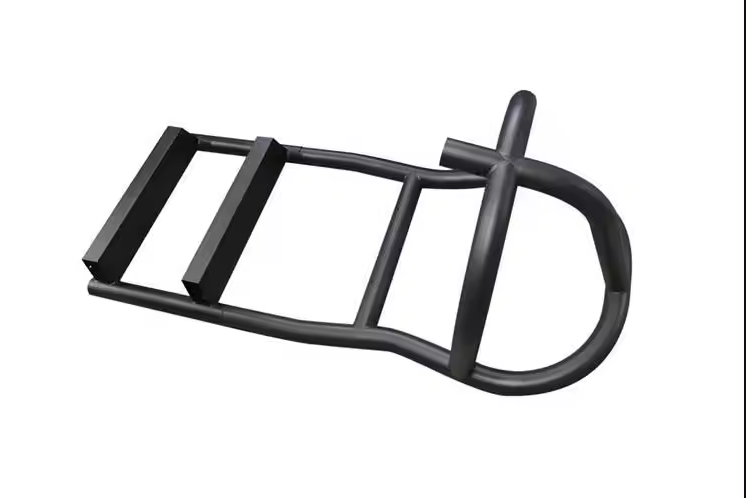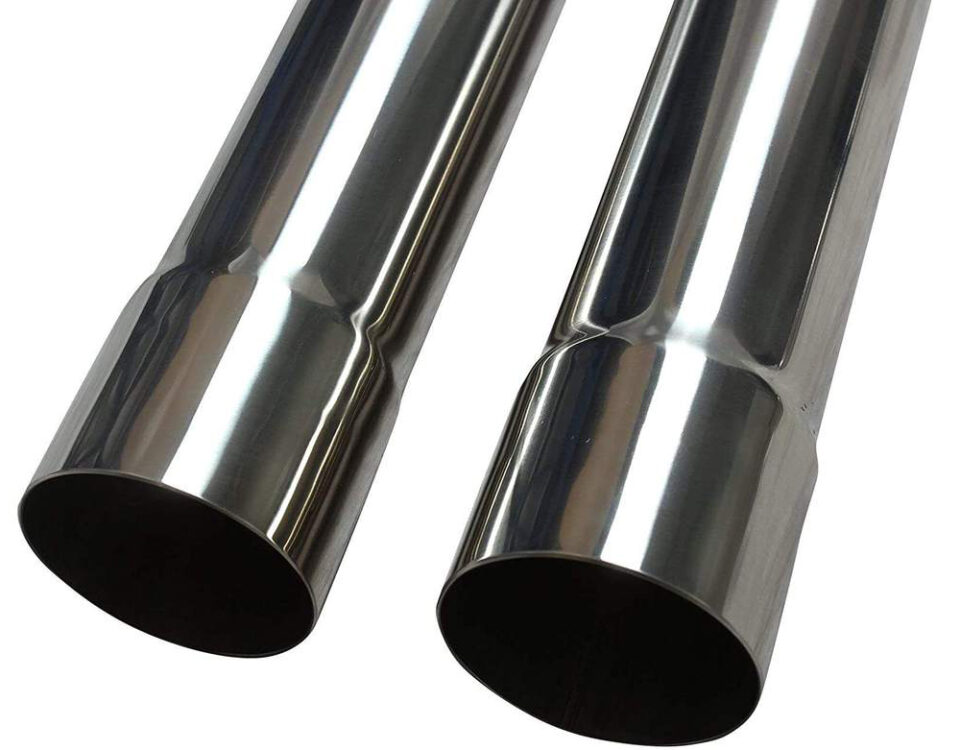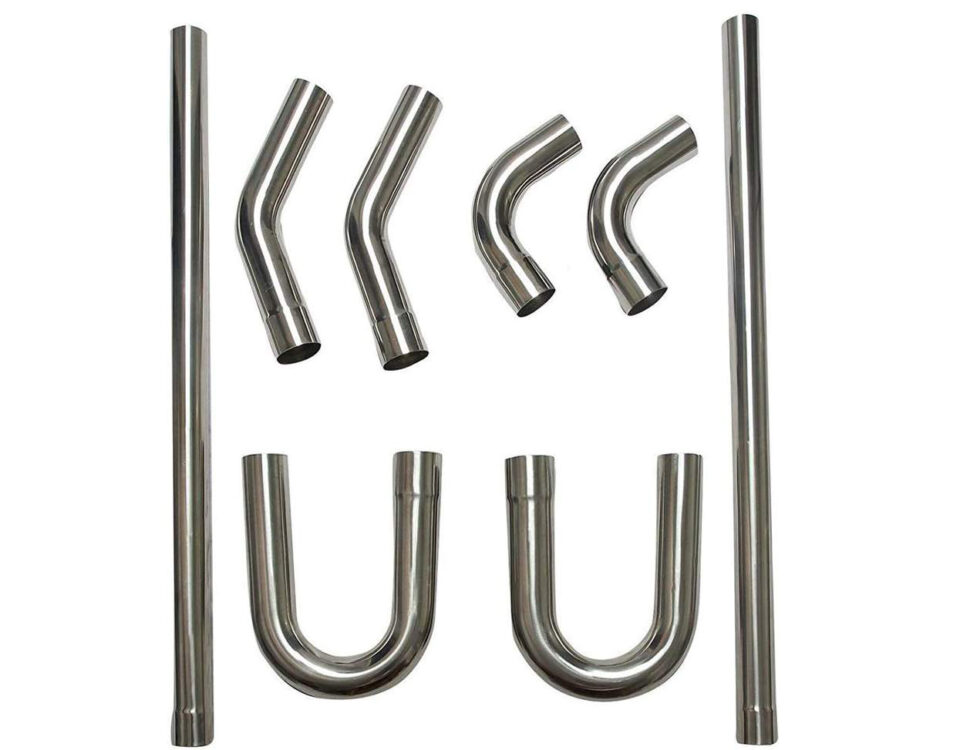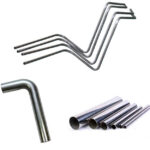
Pipe Bending Process
October 10, 2023
Mandrel Pipe Bending
October 10, 2023Custom Tube Bending: Precision and Versatility for Engineering Excellence
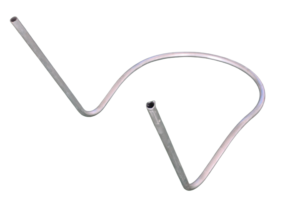 It is a specialized manufacturing process that offers unparalleled versatility and precision in the creation of complex tube configurations. This article aims to provide a comprehensive overview of custom tube bending, including its applications, advantages, techniques, and equipment, highlighting its importance in the field of engineering.
It is a specialized manufacturing process that offers unparalleled versatility and precision in the creation of complex tube configurations. This article aims to provide a comprehensive overview of custom tube bending, including its applications, advantages, techniques, and equipment, highlighting its importance in the field of engineering.
1. Understanding Custom Tube Bending:
It is the process of manipulating tubes to achieve specific angles, radii, and configurations, tailored to meet unique project requirements. With precise controls and advanced technology, this process allows engineers to create intricate tube designs that are essential in numerous industries, including aerospace, automotive, architecture, and manufacturing.
2. Advantages of Custom Tube Bending:
The utilization of custom tube bending offers several key advantages:
a. Design Flexibility:
It enables the creation of complex and aesthetically pleasing tube configurations that can seamlessly integrate with various applications, including frameworks, handrails, exhaust systems, and more.
b. Enhanced Structural Integrity:
By eliminating the need for multiple straight sections and connectors, custom tube bending enhances the overall structural integrity of a design. The absence of joints or welds also reduces the risk of potential weak points.
c. Precise and Repeatable Results:
Advanced bending techniques and computer-controlled machinery ensure precise and repeatable results, maintaining tight tolerances and accuracy across multiple production runs.
d. Cost-Effective Solutions:
It optimizes material usage by minimizing waste and reducing the need for additional components. This results in cost savings during manufacturing and assembly processes.
3. Techniques of Custom Tube Bending:
It employs several techniques, each suited for specific project requirements:
a. Rotary Draw Bending:
This technique utilizes precision tooling, known as a mandrel, to maintain the tube’s internal diameter during bending. It is ideal for producing tight radius bends, consistent angles, and high-quality finishes.
b. Roll Bending:
Roll bending uses multiple rollers to gradually shape the tube into the desired configuration. It is commonly used for large-radius bends and is highly effective for applications in construction, infrastructure, and industrial sectors.
c. Compression Bending:
Compression bending involves bending the tube around a stationary die using a flexible mandrel. This technique is suitable for achieving tight and moderate radius bends with minimal deformation.
d. Heat Induction Bending:
Heat induction bending employs localized heating to soften the tube before bending. This technique is commonly used for heavy-wall or exotic materials that require precise bending without sacrificing structural integrity.
4. Equipment for Custom Tube Bending:
To achieve precision and accuracy in the custom tube bending process, specialized equipment is required:
a. CNC Tube Benders:
Computer Numerical Control (CNC) tube bending machines provide exceptional control and repeatability. These machines are capable of executing complex bending sequences while maintaining tight tolerances and producing high-quality finished products.
b. Mandrels:
Mandrels are utilized to maintain the tube’s shape and prevent wrinkling or collapsing during the bending process. Mandrels come in various forms, including ball mandrels, wiper die mandrels, and plug mandrels, each suitable for different bending techniques and tube diameters.
c. Tooling:
Custom tooling, such as bending dies and clamps, is designed to accommodate specific tube sizes and shapes. These tools are crucial in achieving accurate bends and preventing tube distortion.
5. Applications of Custom Tube Bending:
It finds extensive applications across multiple industries, including:
a. Aerospace and Aviation:
Custom bent tubes are used in aircraft structures, landing gear, fuel systems, and hydraulic lines, where precision and weight reduction are critical.
b. Automotive Industry:
Custom bent tubes are employed in exhaust systems, roll cages, suspension components, and fluid transfer systems, enhancing performance and safety.
c. Architecture and Construction:
Custom bent tubes play a vital role in creating unique architectural structures, such as staircases, handrails, canopies, and artistic installations.
d. Manufacturing and OEMs:
Custom bent tubes are utilized in various manufacturing processes, including machinery, equipment frames, conveyors, and material handling systems.
Conclusion:
Custom tube bending offers unparalleled precision, versatility, and design flexibility, enabling engineers to create complex tube configurations to meet unique project requirements. With a range of bending techniques, advanced equipment, and a wide range of applications, custom pipe bending plays a vital role in driving engineering excellence across diverse industries. By combining innovation, accuracy, and efficiency, custom pipe bending sets the stage for transformative designs and enhanced product performance.

